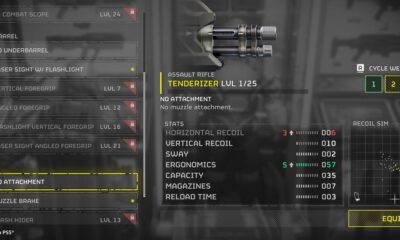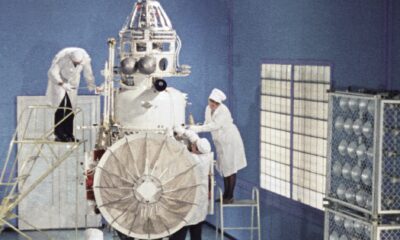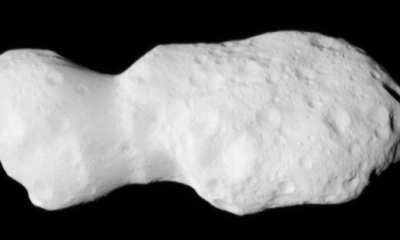Tech News
First-ever slingshot around Earth and the Moon results in fantastic new photos
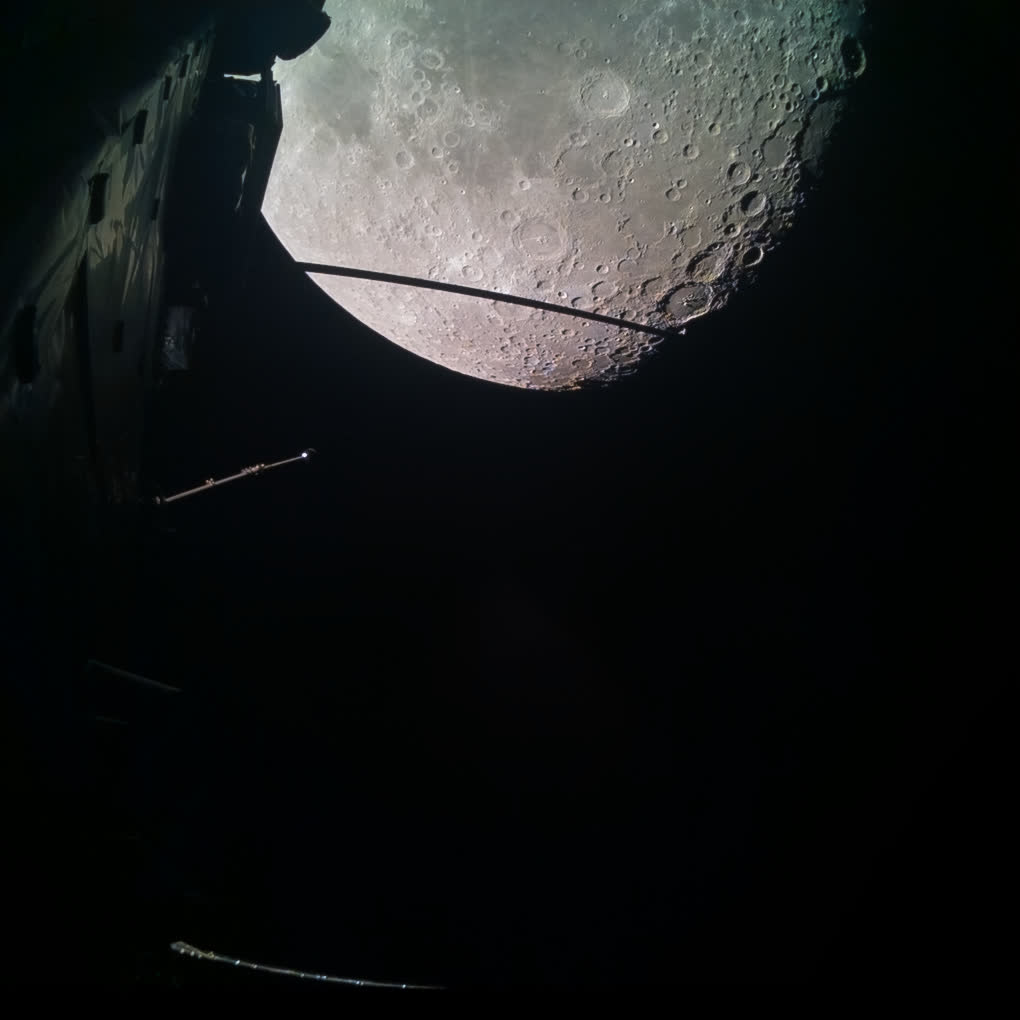
The significance: The European Space Agency’s ongoing mission to explore Jupiter and its moons involves intricate gravitational maneuvers within the inner solar system, including a historic slingshot around both Earth and the Moon. This mission provided a rare opportunity to capture detailed images of the lunar surface during one of its flybys.
The ESA recently unveiled new photographs of the Moon’s surface, taken during mankind’s first gravitational slingshot around both Earth and its natural satellite. The spacecraft responsible for these images is set to reach Jupiter in 2031.
The pictures showcase various lunar features and color variations, such as the Humboldt crater (near the bottom right) and Mare Fecunditatis (at the top center). In one of the images, Earth can be faintly seen as a glowing ring near the top center.
Interestingly, the cameras used to capture these images were not originally intended for space photography. Despite the spacecraft being equipped with a scientific camera, the equipment-monitoring cameras were perfectly positioned during the lunar flyby to capture these new photos.
This flyby marks a groundbreaking gravitational assist that is a crucial part of the ESA’s Juice mission to investigate Jupiter and its moons. Launched last April from the ESA spaceport in French Guiana aboard an Ariane 5 rocket, the spacecraft is on track to reach Jupiter in the next decade.

Unlike previous missions that reached Jupiter in about a year, Juice is taking a longer route to ensure a stable orbit and accommodate the heaviest payload of scientific instruments ever sent to Jupiter’s moon system, weighing over 6,000 kg.
To propel such a massive spacecraft on the roughly 800-million-kilometer journey to Jupiter and achieve a stable orbit without excessive fuel consumption, Juice will utilize gravity assists from the Moon, Earth, and Venus. The ESA has successfully completed the first maneuver – a historic Moon-Earth slingshot – with the next flyby involving Venus scheduled for August next year. Additional gravity assists from Earth are planned for 2026 and 2029, with an expected arrival at Jupiter in 2031 and a mission duration until 2035.

-

 Destination8 months ago
Destination8 months agoSingapore Airlines CEO set to join board of Air India, BA News, BA
-

 Breaking News10 months ago
Breaking News10 months agoCroatia to reintroduce compulsory military draft as regional tensions soar
-

 Gadgets3 months ago
Gadgets3 months agoSupernatural Season 16 Revival News, Cast, Plot and Release Date
-

 Tech News12 months ago
Tech News12 months agoBangladeshi police agents accused of selling citizens’ personal information on Telegram
-

 Productivity11 months ago
Productivity11 months agoHow Your Contact Center Can Become A Customer Engagement Center
-

 Gadgets3 weeks ago
Gadgets3 weeks agoFallout Season 2 Potential Release Date, Cast, Plot and News
-

 Breaking News10 months ago
Breaking News10 months agoBangladesh crisis: Refaat Ahmed sworn in as Bangladesh’s new chief justice
-
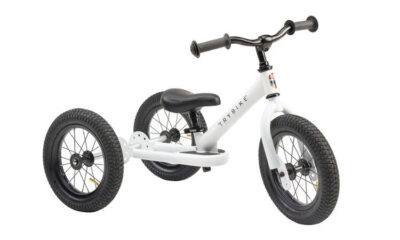
 Toys12 months ago
Toys12 months ago15 of the Best Trike & Tricycles Mums Recommend

